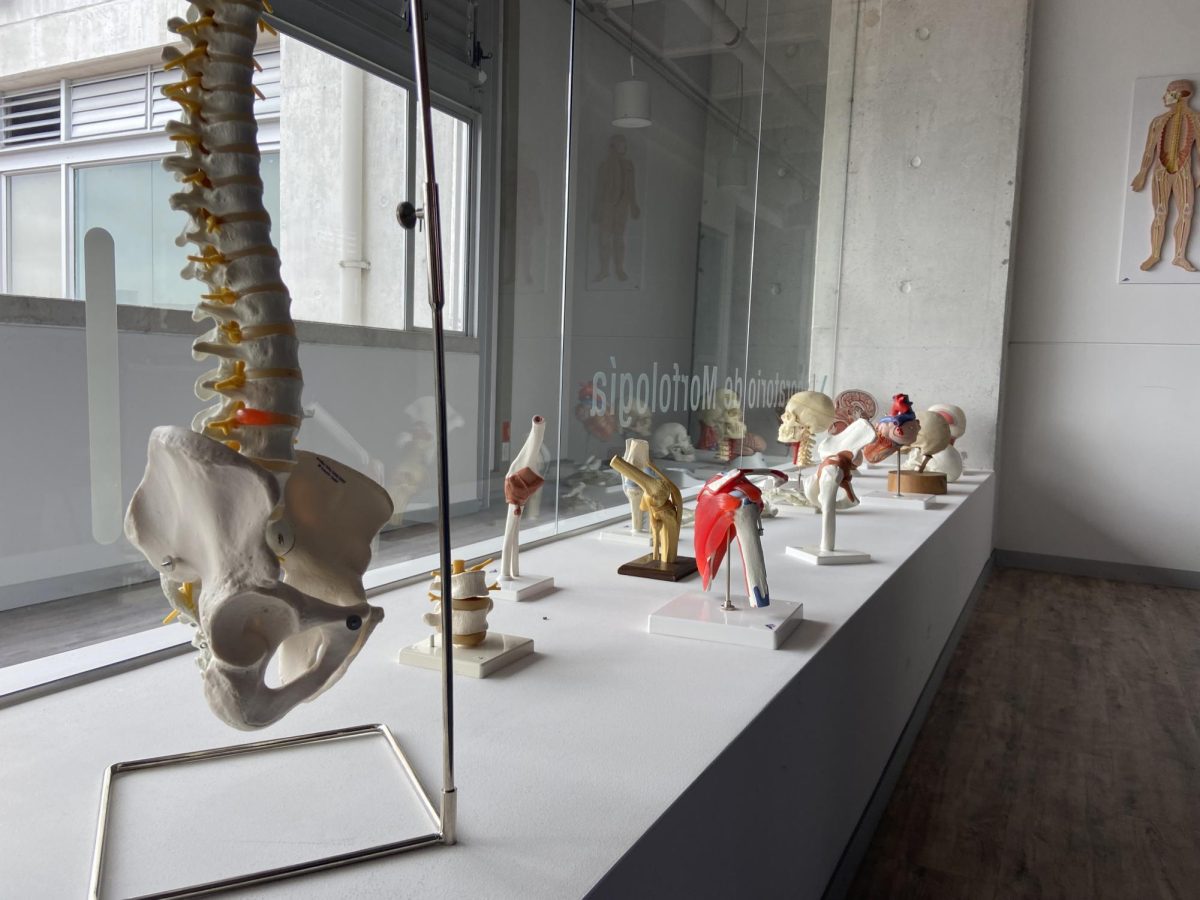Medicine at the EIA has seen a significant surge in popularity, despite the university being primarily focused on engineering. This trend has led many to question what attributes the school is drawing in such a large number of new graduates.
The field of medicine in the EIA has recently increased interest among students, especially at TCS. Previously, selecting a university for medical studies was a straightforward decision due to limited options. However, a new contender has emerged: the EIA. Despite being primarily known as an engineering university (as indicated by its name, “Escuela de Ingeniería de Antioquia”), the EIA has risen in popularity among students, grabbing attention in just over four years. While relatively new to the medical arena, students have recognized its advantages. With numerous recognitions in engineering, such as the Ohio University Award for Excellence in Engineering Education, the EIA offers TCS students the opportunity to pioneer in this new field of medicine alongside them.
Deciding where to pursue higher education poses a significant challenge, particularly in medicine, where the quality of education holds great importance. Students like Juliana Marin, with a keen interest in medicine, believe the EIA is an institution that prioritizes both personal and academic growth, setting it apart from others who solely focus on scholastic achievements. The rigorous nature of a medical career demands immense dedication, and students shouldn’t bear additional burdens. Moreover, Marin appreciates EIA’s affiliation with Pablo Tobon Uribe Hospital. While some may find it limiting to have rotations confined to a single hospital, many view it as an invaluable opportunity. Pablo Tobon Uribe Hospital ranks as the third-best in Colombia, offering unique learning experiences from the best doctors in the country.
“Many students are now studying in EIA instead of the typical CES because the pensum of EIA focuses on specific systems each semester, making the learning experience more guided, other medicine schools instead have more extensive and complex pensum,” Juliana Marin, Grade 11, said.
In the second instance, despite EIA’s medicine program being new, it’s impossible to ignore its effective marketing strategies aimed at TCS students. Through outreach events and university fairs, EIA has successfully captured the attention of students and persuaded them to consider a university without a graduated generation.
Even students like Juanita Velilla, initially set on attending CES exclusively, found themselves intrigued by EIA’s medicine program showcased within the confines of her school. By making information available to TCS students, EIA has increased its popularity and increased the likelihood of more students enrolling in their program. Medicine semilleros offer a comprehensive overview of the program’s strengths, facilitating students’ exploration of their interests. Selecting a university is no small decision, yet experiences such as these have left students like Juanita Lopez and Juliana Marin confident in their choice of EIA as the right fit for them, with semilleros being the final factor reassuring their decision.
“I have attended semilleros in EIA, and they were a good help to make a final decision about where I want to study,” Juanita Lopez, Grade 11, said.
Finally, despite EIA’s favorable reputation among TCS students, it’s inevitable to acknowledge its shortcomings. For instance, CES has significantly more experience than EIA, resulting in a more finely tuned curriculum and many lessons learned from past failures. While EIA benefits from unique ties to El Pablo Tobon and reserves a dedicated section of this facility for its medical students, Pablo Tobon stands out for its extensive technological resources, a luxury not afforded by many other hospitals. Consequently, when EIA students venture into other hospitals, they may find themselves ill-equipped to navigate inferior technology. Furthermore, while the practical application of medicine is undoubtedly crucial, EIA appears to prioritize this aspect over theoretical knowledge, a perspective that Juanita Velilla considers a significant oversight. While for many students EIA represents an innovative departure from traditional medical education, it’s vital to recognize that novelty does not always equate to quality.
“I think the EIA does meet the high medical standard we have in Medellín because many teachers are graduates of CES, so their capabilities are not denied. But as this program is new we can’t say how good EIA doctors will be,” Juanita Velilla, Grade 11, said.
In the evolving landscape of medical education in Medellín, EIA has emerged as a compelling alternative to traditional institutions, such as CES. While its rapid popularity among TCS students demonstrates student interest in innovative approaches, there are certain concerns regarding the quality of the curriculum and the university institutional experience. As students weigh the positive aspects of EIA’s fresh perspective against established institutions like CES, they navigate a delicate balance between novelty and quality. The future trajectory of EIA’s medical program will depend on its ability to address these concerns while maintaining its innovative edge so it can measure up to established medical schools in Medellín.



